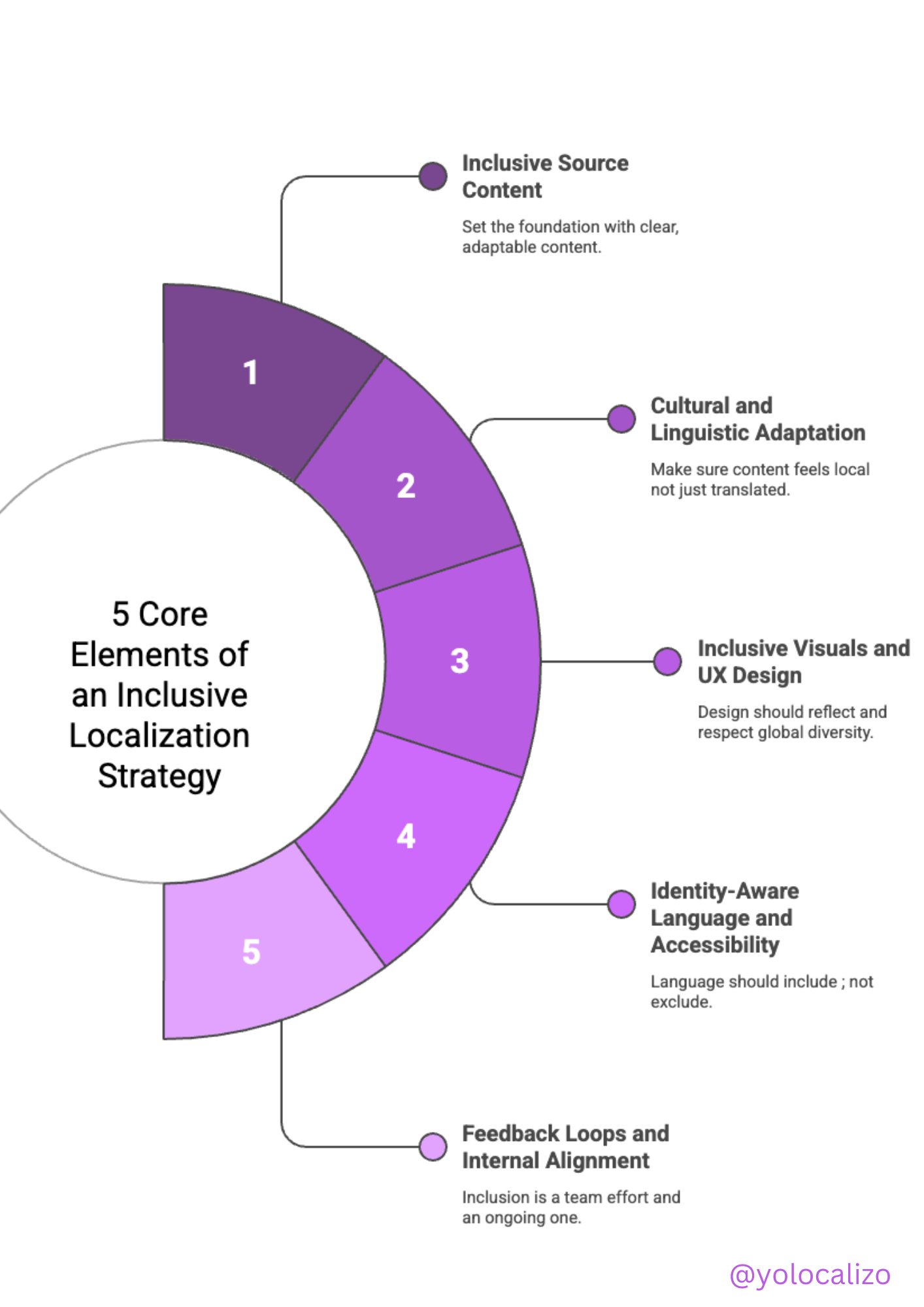Crowdsourcing; a Mother Teresa approach to get our content localised
Last week while preparing a panel speech for my Toastmaster club I was reading a very interesting article about the power of using quotes in our speeches. The reason behind this affirmation is because it’s a smart way to borrow authority. This is SO true! I try to do this as often as I can. I discovered that people might not agree with my ideas (ooooh!), but if I quote Steve Jobs. Elon Musk, Jeff Bezos …. then the perception is totally different.
There are a few charismatic persons that they do really help to build bridges with an audience who like everyone. Martin Luther King is one of them, Mother Teresa is another role model. While researching my topic, I came through her quote
This quote can be used in many different context. This quote can be used to illustrate the power of collaboration, and when it comes to the power of collaboration in the localization industry, a concept came to my mind. A word that it was one of those buzz words 5-6 years ago. That word is … crowdsourcing.
In 2011 I started to see this “localization approach” in many articles, blog, localization conferences …. It was like the next big thing of our industry. I remember conversations around that topic with some colleagues working as vendor managers, and somehow they were worried about that trend.
The role of a Vendor Manager (VM) is to find people (sorry if this sounds a very oversimplified definition of the VM role!)
Crowdsourcing could be somehow a threat for vendor managers. Crowdsourcing was very popular back in those days.
Today we can still read about crowdsourcing; and some of the big companies (Twitter, Facebook …) using this model to cover their localization needs, however, in my opinion, the hype is going down, and that’s what I want to cover this week in my post.
This post will explore to give answers to question such as:
- What’s crowdsourcing?
- Which are the advantages/disadvantages that we might find in this model?
- How do we control Localization quality in a crowdsourcing environment?
- How can we keep our community of brave volunteers motivated?
I will divide this post into 2 parts to make it easier to digest. I try to keep my post around 1000 words, otherwise, they are becoming a white paper instead of a post!
First things first, a definition of crowdsourcing
“Crowdsourced translation involves gathering large groups of volunteers to collectively translate content, most commonly by means of an online translation platform, for little or no payment”
Let’s review this model, and let’s focus on the pros/cons of this model .. and also let’s talk about how to make the most of this crowdsourcing solution … however it’s very important to keep something in our minds. Crowdsourcing in our industry it is not for everyone. If you work for a company where predictability is part of the core values, then if we take a crowdsourcing approach we will feel as when Homer Simpson is working in his desk controlling the nuclear factory … anything might happen!
Crowdsourcing Advantages
• Cost-effective: there’s not an hourly fee or a price per word when we work on a crowdsourcing platform. For this reason, crowdsourcing is a very popular approach in a startup or when our budgets are quite tight
• The limit is the sky! (maybe not even that…) Through crowdsourcing, we can access a vast range of profiles providing a huge diversity in language pairs.
Crowdsourcing Disadvantages:
• Confidentiality is compromised, or it can be compromised. The risk is there. Sure we can sign NDA, but ultimately we are trusting individuals to localize and review our intellectual work, our content. The risk of a potential leak is there
• Communication might be difficult to handle and time-consuming. My favorite benefit when I work with vendors is the single point of contact approach. Talking to just one Project Manager and then rely on the info will be properly cascaded to 20 + languages is priceless, well, actually it has a price, but that’s a price that I happily accept. When we are in a crowdsourcing environment we need to be prepared to spend time answering individual questions and spending energy to ensure everyone is aligned.
- Scheduling might be an activity for healthy hearts when crowdsourcing. I remember when I was working as a volunteer linguistic tester a few years ago providing QA in Spanish that I received many emails on Fridays. Basically, that email was asking me for my ability to take more work because the volunteer working in that specific project failed to meet the deadline, quit the task or basically s/he was not responding to confirm when the test cases will be finished. This is quite normal, or it might be. For this reason, crowdsourcing and tight schedules are water and oil.
- Lack of consistency in the tone/style. If we take our project that we want to translate and we do it pieces and disseminate it to multiple translators, the chances of getting a unique tone of voice are the same as the possibilities we have to agree with a conclusion about which team is better, if Brazil of Pele, Holanda ’74 Argentina’ 86 or Spain 2012 😃 When we work with a community of volunteer translators, the goal to achieve a coherent and unique style is a rather complex task. Different translators mean different styles, and that will be reflected in our translated content
If you read carefully the disadvantages list of the crowdsourcing approach we can reach quickly the conclusion that crowdsourcing is NOT a useful solution. There’s a risk of a security leak, there’s a risk of missing deadlines and we can end up easily overwhelmed by talking to too many different individuals. That’s why I mentioned in the previous paragraphs that crowdsourcing is not for everyone, however, there are situations when crowdsourcing actually will be a good approach! Crowdsourcing is perhaps best for Localising projects that don’t demand consistency in the style. For example, I believe crowdsourcing is a great idea when it comes to:
- translate reference material,
- help guides,
- wiki sites,
- even games! Gamers are quite loyal and a passionate community. And they can provide a very valid solution to make a game available in different cultures/territories.
However, if you are driving a project where:
- accuracy,
- brand perception and
- style is important …then crowdsourcing is not for you…. and that’s ok.
Our localization industry is very diverse, that means there’s a solution for every need. If you demand quality, flexibility, deadlines commitment …. there are excellent LSP ready to help you.
How to check quality in Crowdsourcing .The best of both worlds “free translation”+ “paid in-country review” (?)
Now, in our industry it is rarely all white or black, there is an intermediate solution in which we can choose to have our content translated by volunteers but at the same time, the quality is decent. How do we do that? It sounds good, right? The trick here is ... in country review! If you are a company with a multinational presence, this model will be relatively easy to implement. We simply have to ensure that the translated text is reviewed by our team located in the target country. With this approach, we are doing a "free" review of our content. If we have colleagues or offices in other territories we can also apply this approach. We will have to subcontract the linguistic revision, okay, this is not free, but it is a much cheaper approach than using professional translators and professional reviewers from the beginning.
If we choose to sub contract we must pay attention to the following aspects to make sure that the quality is correct, an in-country reviewer of our crowdsourced text should be:
- Native, highly qualified and linguistic savvy
- With experience in text editing
- With ability to understand what style we want in our content
- With broad time availability
- With the ability to understand the difference between a preferential change and an error (click here for more details on preferential changes). We need to be very clear about the process of how to review the text. Detailed instructions are absolutely mandatory to align different individuals.
And that’s all for this week! Next week I will talk about how we can keep our community of volunteer translators with high motivation while they translate. “See" you in a week, meanwhile, feel free to leave your comments below and do not hesitate to subscribe to my blog to get a regular newsletter about what's going on in this fascinating G-localization industry. And … please remember something… do not forget to make an effort to be happy 😃
@yolocalizo















Before jumping on the AI bandwagon: What localization problem are you trying to solve? AI is everywhere right now, including in localization.
But before jumping on the bandwagon, we need to stop and ask:
Are we solving the right problem?